
Whispers in the Woods
Ever feel a chill, a primal fear so deep? That’s how some tales of the Goatman creep. They say, in shadowy forests, where sunlight barely kisses the ground, a creature roams, a bizarre fusion of man and beast, leaving behind a legacy of bewilderment and terror. Imagine the rustling leaves not caused by the wind, but by hooves that are not quite animal, and a gait that hints at a humanoid form, yet defies it with every unsettling step. This creature, often described with the torso and head of a goat and the legs of a man, or sometimes vice versa, depending on the telling, has etched itself into the local folklore of various regions across America, sparking both fear and a morbid curiosity in those who dwell near its alleged haunts.
The accounts, though varying in specifics, often share a common thread of unsettling encounters – strange tracks discovered in the mud after a rainstorm, livestock found inexplicably agitated or missing, and eerie bleating sounds that seem to echo through the stillness of the night, unlike any sound a normal goat could produce. Experts in cryptozoology, the study of hidden or unknown animals, often point to these recurring themes in eyewitness testimonies as potential indicators of a shared, albeit possibly misinterpreted, phenomenon. They explore possibilities ranging from misidentification of known animals to the persistence of local legends fueled by isolated incidents and the power of suggestion.
A Bridge to Terror

Across a lonely bridge, where shadows play their tricks, the Goatman’s legend often fiercely clicks. Many stories place this enigmatic being near or under bridges, liminal spaces that seem to invite the uncanny. Picture driving home late one night, the only illumination your headlights cutting through the darkness, and suddenly, a figure emerges from the periphery – tall, unnaturally so, with an unsettling silhouette that defies easy categorization. Some witnesses recount terrifying moments of near-collisions, the creature darting across the road with an agility that belies its seemingly cumbersome form, leaving behind only a fleeting glimpse and a lingering sense of dread.
Folklorists, who study traditional beliefs and stories of a community, suggest that these bridge encounters might tap into deeper cultural anxieties associated with transitional spaces and the unknown. Bridges connect two points but also represent a crossing into the unfamiliar, making them fertile ground for the projection of fears and the embodiment of local monsters. The Goatman, in this context, becomes a guardian of these thresholds, a terrifying specter that embodies the unease of the journey and the potential dangers lurking just beyond the familiar.
Maryland’s Monster

In Maryland’s heart, a tale takes hold and grows, Of a Goatman’s fury, as local history shows. One of the most well-known iterations of the Goatman legend is associated with Maryland, particularly the area around Prince George’s County. This version often includes a more specific backstory, involving a scientist who, through a bizarre experiment gone wrong, transformed himself into the monstrous hybrid. Imagine a respected researcher, dedicated to his work, only to become the subject of his own terrifying creation, a cautionary tale woven into the fabric of the community’s narrative. This local legend often includes details of attacks on cars with an axe, further fueling the fear and giving the creature a more malevolent edge in the regional lore.
Local historians and paranormal investigators in Maryland have spent years collecting and analyzing these accounts, noting the evolution of the story over time and the way it reflects local anxieties and cultural touchstones. While no concrete evidence of a literal Goatman has ever been found, the persistence of the legend speaks to the power of storytelling and the human fascination with the unexplained. The tale serves as a spooky reminder of the unknown that might lurk just beyond the edges of our everyday lives, a monster born from a blend of scientific curiosity gone awry and the primal fear of the other.
Footprints in the Dust
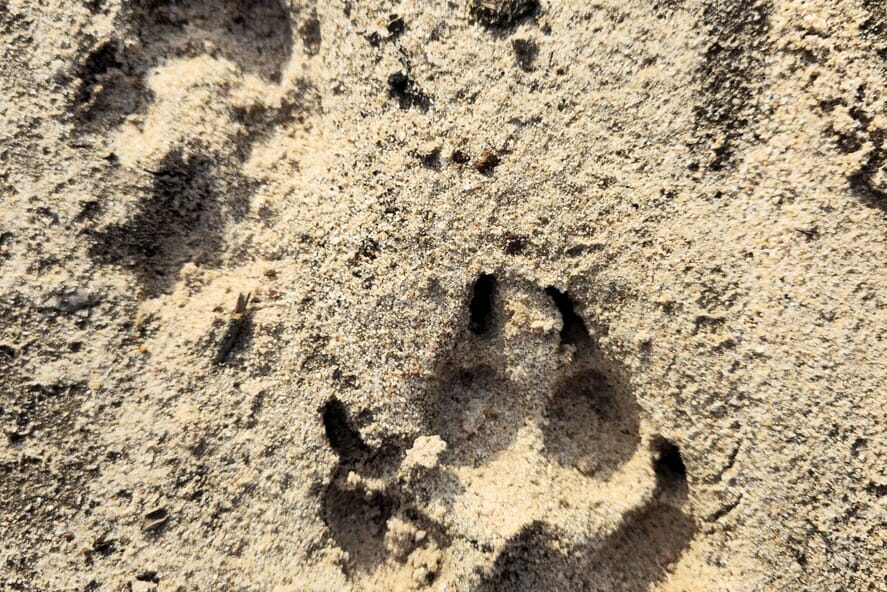
Where dusty paths wind and secrets reside, The Goatman’s strange tracks, some claim they’ve spied. Physical evidence, or the lack thereof, often plays a crucial role in the ongoing mystery of cryptids. Imagine coming across a set of prints in the soft earth, unlike anything you’ve ever seen before – too large for a deer, too cloven for a human, with an unsettling depth that suggests a significant weight and an unusual gait. These reported tracks, often found near areas where Goatman sightings are claimed, become tangible pieces of the puzzle, fueling speculation and debate among believers and skeptics alike.
Wildlife biologists and zoologists, when presented with such evidence (usually photographs or plaster casts), often attempt to provide rational explanations, suggesting possibilities such as distorted animal tracks, hoaxes, or even the effects of erosion and natural processes on existing prints. However, for those who believe, these ambiguous markings serve as undeniable proof that something extraordinary is out there, a creature that defies conventional understanding and leaves its mark on the landscape in a way that challenges established science.
The Sound of the Bleat
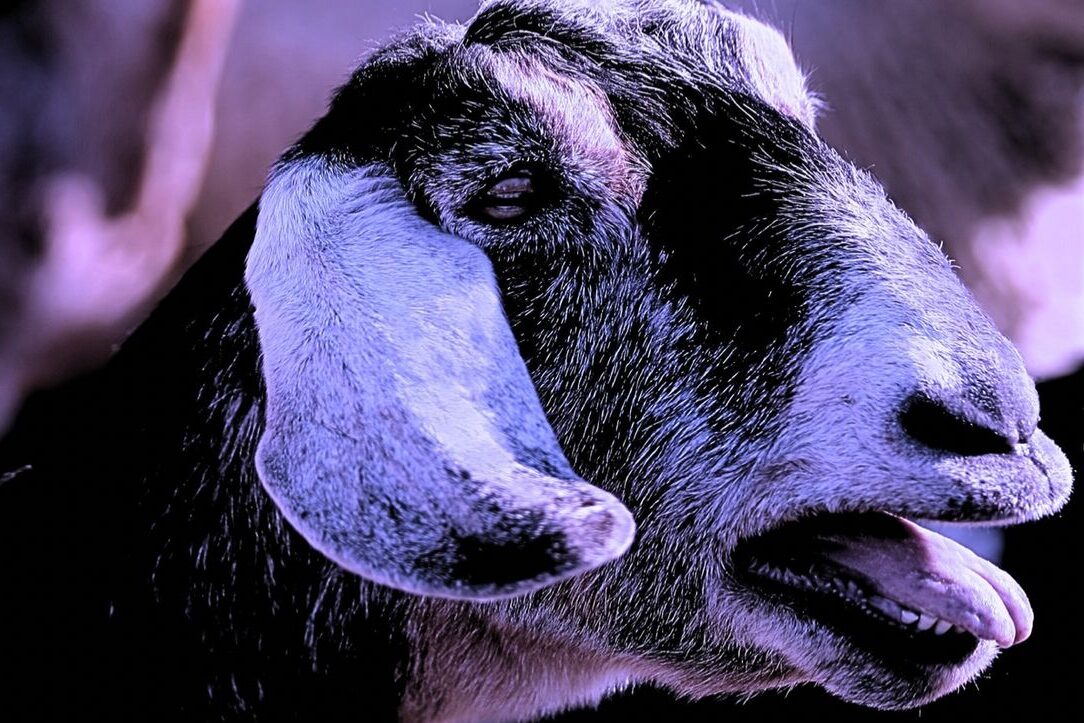
Through silent nights, a chilling sound takes flight, The Goatman’s eerie bleat, a source of fright. Auditory encounters often contribute significantly to the mystique of cryptids. Picture the stillness of a rural night shattered by a strange, guttural bleating sound – louder and more resonant than any domestic goat, carrying an unsettling, almost human-like quality. These reported vocalizations send shivers down the spines of those who claim to hear them, adding an element of otherworldly dread to the Goatman encounters. The sound becomes a harbinger, a chilling reminder of the creature’s presence lurking in the darkness.
Animal behaviorists and sound analysis experts often try to demystify these auditory reports, suggesting misidentification of other nocturnal animals, such as owls or even distressed deer, whose calls can sometimes sound unusual. However, the consistency in descriptions of a distinctly “goat-like” yet somehow “wrong” sound in Goatman lore continues to intrigue those who are drawn to the unexplained. This eerie bleating becomes an integral part of the creature’s terrifying aura, a sound that speaks of something ancient and unknown.
Tales Around the Campfire
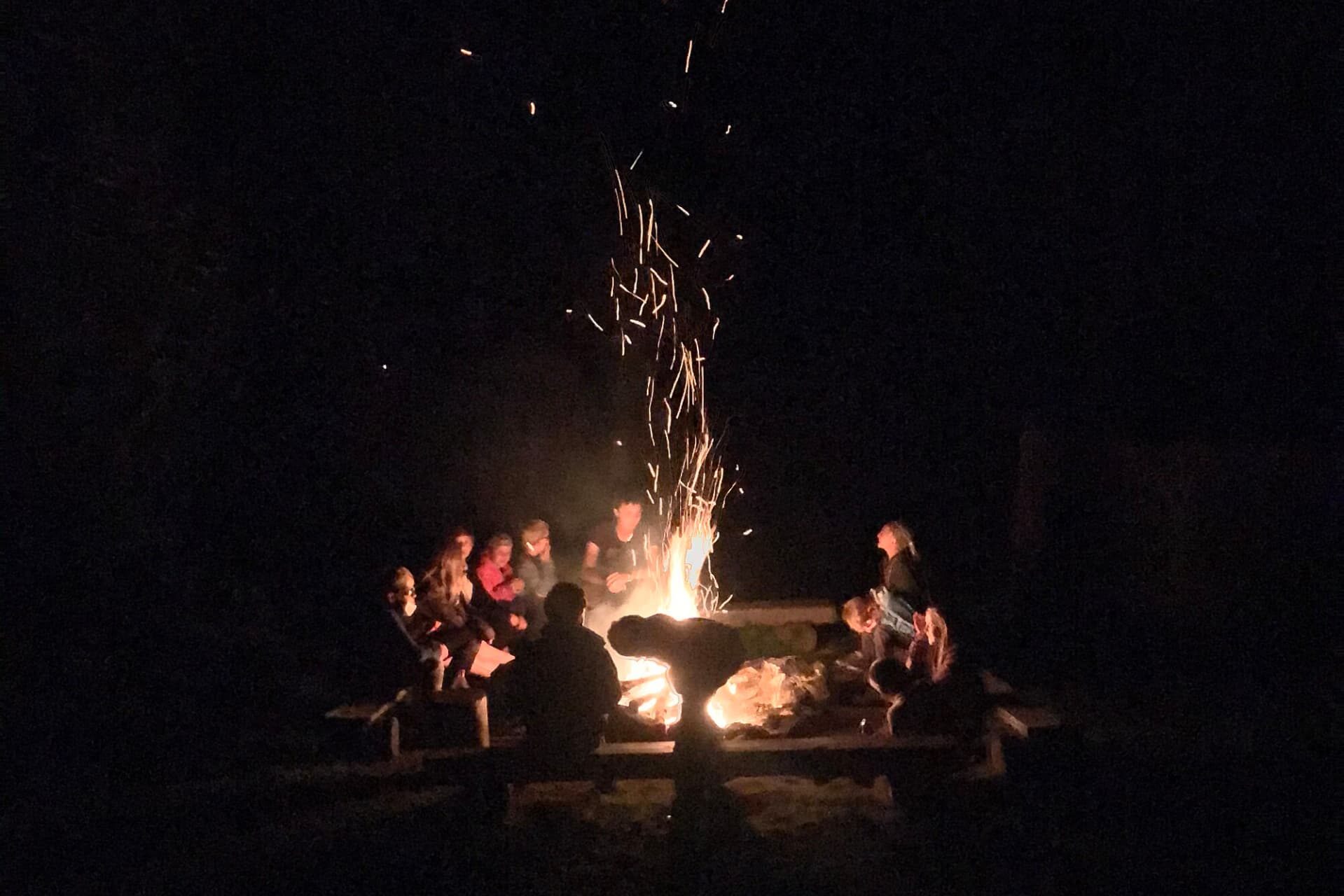
As embers glow, and shadows start to leap, the Goatman’s scary tales, their secrets keep. Storytelling has always been a fundamental way for communities to process fears and transmit cultural beliefs. Imagine sitting around a crackling campfire, the darkness pressing in beyond the circle of light, as someone recounts a chilling tale of a Goatman encounter. These stories, often passed down through generations or shared among friends, become ingrained in the local consciousness, shaping perceptions and fueling the ongoing legend. Each retelling adds new details, embellishments, and a fresh layer of fear.
Sociologists and anthropologists who study folklore understand the power of these narratives. They examine how these stories reflect societal anxieties, moral lessons, and the relationship between humans and the natural world. The Goatman, in this context, might represent the untamed wilderness encroaching on civilization, or a manifestation of inner fears and societal taboos. The campfire becomes a stage for these shared anxieties to be expressed and, in a way, collectively managed through the act of storytelling.
Hunters’ Unease
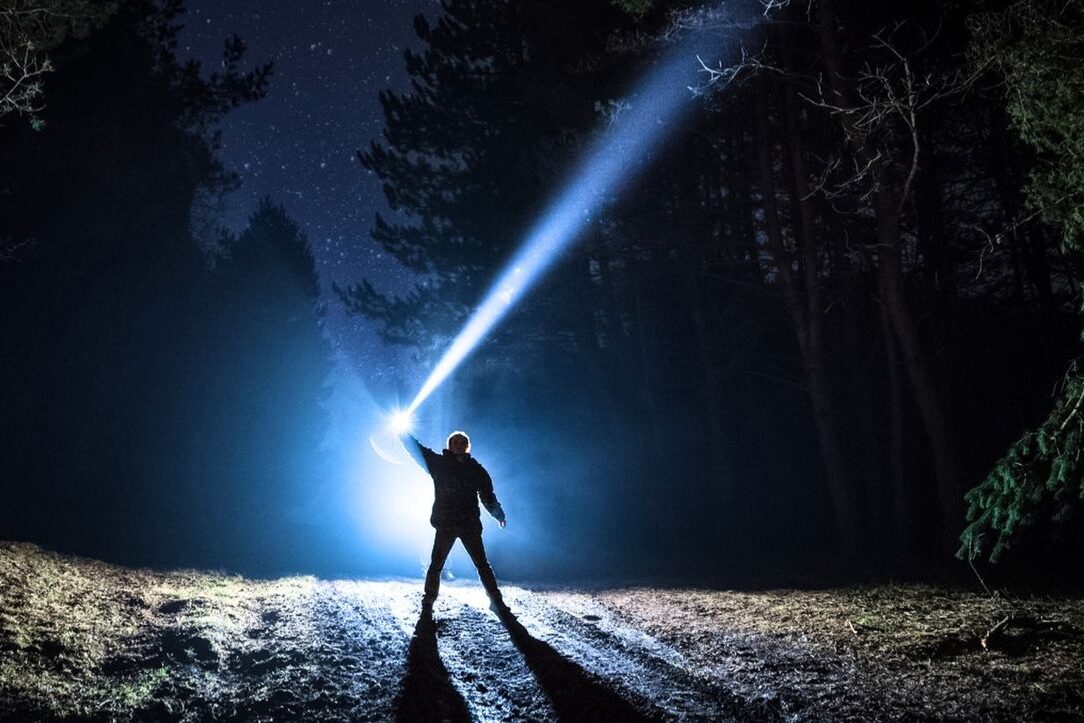
In tangled woods, where hunters silently tread, A glimpse of Goatman fills them with dread. Hunters, intimately familiar with the patterns and inhabitants of the wilderness, often have unique perspectives on unusual sightings. Imagine a seasoned hunter, skilled in tracking and identifying wildlife, suddenly encountering a creature that defies all their knowledge and experience – a being with the unmistakable features of a goat and a human-like posture, moving with unnatural speed and agility. These accounts from individuals who spend significant time in the alleged habitats of the Goatman carry a particular weight for some believers.
Wildlife trackers and experts in animal identification often approach such reports with caution, emphasizing the possibility of misidentification, fatigue-induced hallucinations, or even elaborate hoaxes. They highlight the challenges of accurate observation in low-light conditions and the potential for the mind to play tricks when confronted with the unexpected. However, the genuine fear and bewilderment often expressed in these hunters’ testimonies contribute to the enduring mystery of the Goatman, suggesting that something out of the ordinary might indeed be roaming the forests.
Missing Livestock
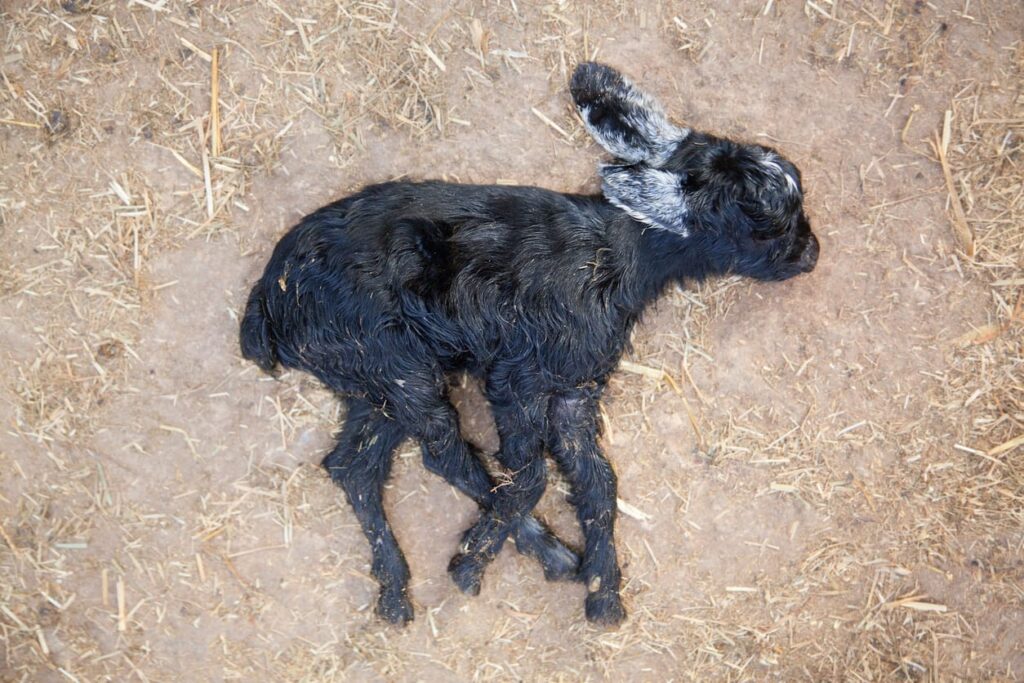
Where fences fail and pastures lie bare, The Goatman’s hunger leaves owners in despair. A recurring theme in many cryptid encounters involves the unexplained disappearance or mutilation of livestock. Imagine a farmer waking up to find their barn door ajar and several animals missing, with no clear signs of predation by known predators. In some Goatman legends, these disappearances are attributed to the creature, portrayed as a nocturnal predator with a particular taste for domesticated animals. These incidents instill fear and economic hardship in rural communities, further fueling the creature’s menacing reputation.
Veterinarians and agricultural experts typically investigate such cases with a focus on known causes, such as attacks by wild animals (coyotes, wolves, bears), disease, or even theft. They look for specific patterns of injury or signs of struggle that can help determine the culprit. However, when explanations remain elusive, and local lore about a Goatman persists, some residents may attribute these losses to the mysterious creature, adding another layer to its terrifying legend urban legends spread.
Digita Screens Ignite Stories

The Goatman’s legend, burning ever so bright. In the age of the internet and social media, urban legends can spread like wildfire, reaching a global audience far beyond their local origins. Imagine encountering blurry photographs or shaky videos online, purportedly showing a fleeting glimpse of the Goatman. These digital artifacts, often accompanied by sensationalized narratives and online discussions, contribute to the creature’s growing notoriety and fuel the imagination of a new generation of believers and curious onlookers.
Media scholars and folklorists who study online phenomena note the powerful role of the internet in amplifying and transforming urban legends. The anonymity and rapid dissemination of information online can make it difficult to verify the authenticity of claims, allowing myths to evolve and take on new forms. The Goatman, like other internet-fueled cryptids, benefits from this digital landscape, its legend constantly being retold, reinterpreted, and shared across the globe, ensuring its continued existence in the collective imagination.
Skeptics’ Dismissal

With logic sharp, and science as their guide, Skeptics the Goatman’s existence. For every believer and eyewitness account, there are always those who approach the Goatman legend with a healthy dose of skepticism. Imagine scientists and rational thinkers examining the evidence – the blurry photos, the anecdotal sightings, the lack of concrete physical proof – and concluding that the phenomenon is likely a combination of misidentification, hoaxes, and the power of suggestion. They emphasize the importance of verifiable evidence and the scientific method in understanding the natural world.
Zoologists and experts in animal anatomy often point out the biological implausibility of a human-goat hybrid. They explain the vast genetic differences between the two species and the unlikelihood of such a creature existing in the wild without leaving behind definitive physical evidence, such as bones or DNA. Skeptical perspectives play a crucial role in maintaining a critical approach to extraordinary claims, encouraging a reliance on empirical evidence rather than anecdotal accounts.
The Thrill of the Chase
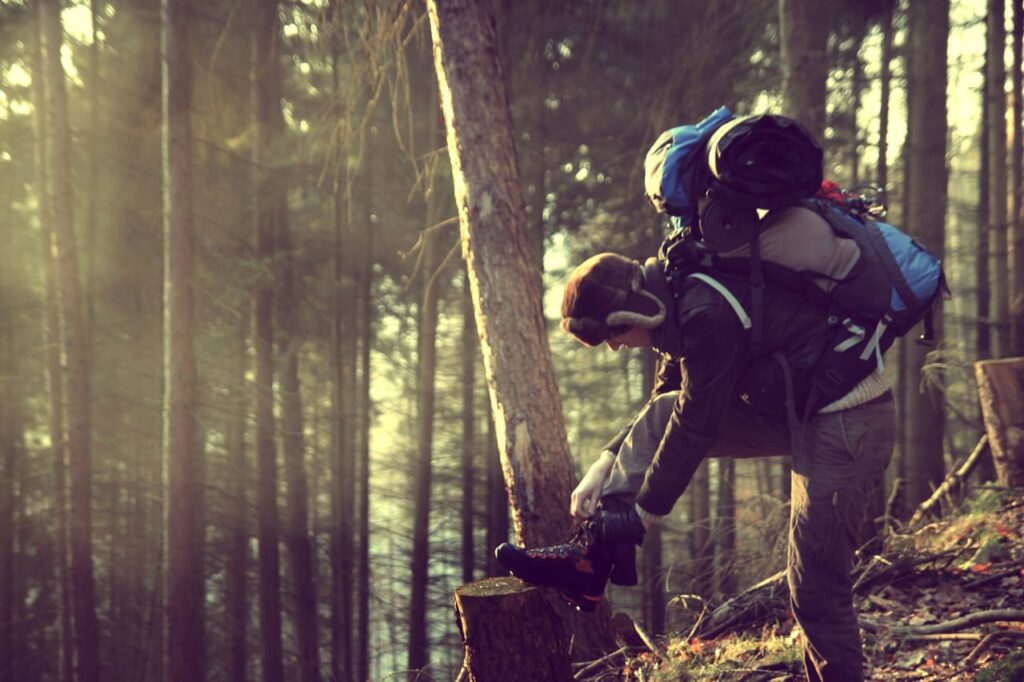
For curious souls, adventure’s sweet embrace, The search for Goatman sets a thrilling pace. Despite the lack of definitive proof, the mystery of the Goatman continues to draw in those who are fascinated by the unknown. Imagine amateur investigators and cryptozoology enthusiasts venturing into the woods, armed with cameras and recording equipment, hoping to catch a glimpse of the elusive creature. For these individuals, the search itself is a thrilling adventure, a chance to explore the fringes of the known world and potentially uncover something extraordinary.
Tourism boards in areas associated with Goatman sightings sometimes find themselves in a peculiar position, balancing the potential for increased interest with the need to avoid promoting fear or misinformation. While they may not officially endorse the legend, the local folklore can become a unique draw for adventurous travelers seeking an offbeat experience. The thrill of the chase, the possibility of encountering something truly strange, continues to fuel the Goatman’s enduring appeal.
A Lingering Enigma
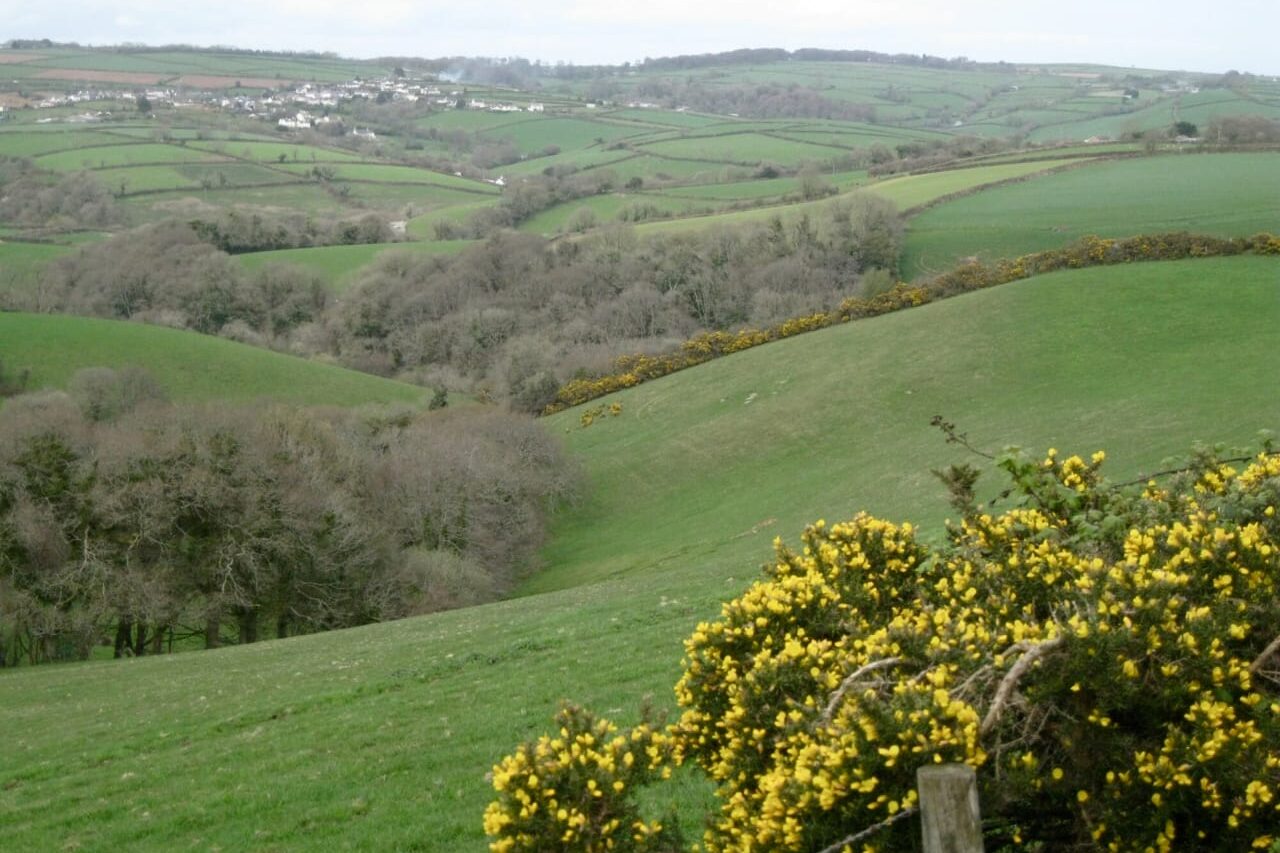
From whispers faint to tales that loudly boom, The Goatman’s mystery fills every room. And so, the stories persist, echoing through the American landscape, a testament to our enduring fascination with the unexplained. Whether a misidentified animal, a product of folklore, or something more elusive, the Goatman has carved a unique place in the tapestry of American cryptids. The varying accounts, the regional differences in the legend, and the ongoing debate all contribute to its enduring mystery.
Perhaps the true nature of the Goatman will forever remain in the shadows, a chilling reminder of the wild and unknown that still exists in our world, sparking both fear and a sense of wonder in the hearts of those who dare to listen to its tale. The Goatman lives on, not necessarily in flesh and blood, but in the stories we tell and the shivers that run down our spines when we hear its name whispered in the dark


